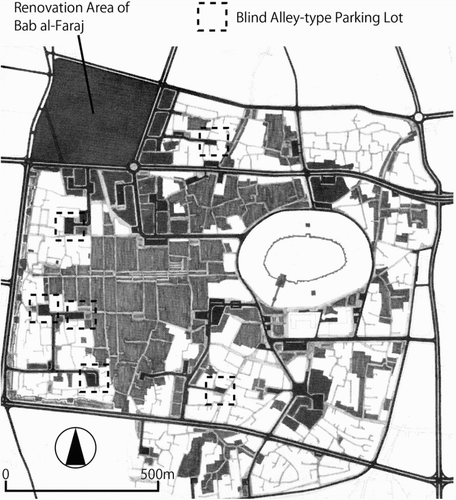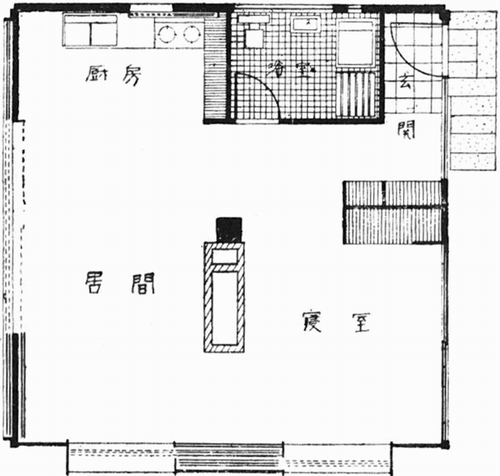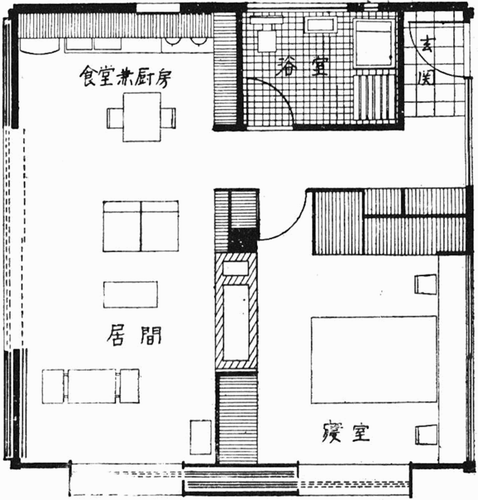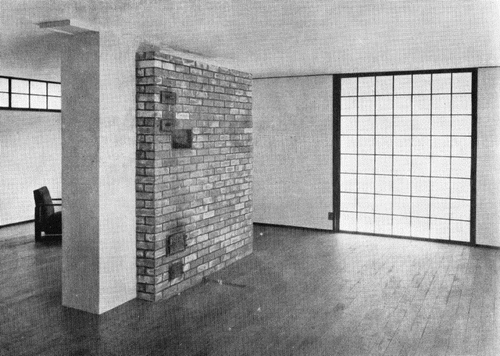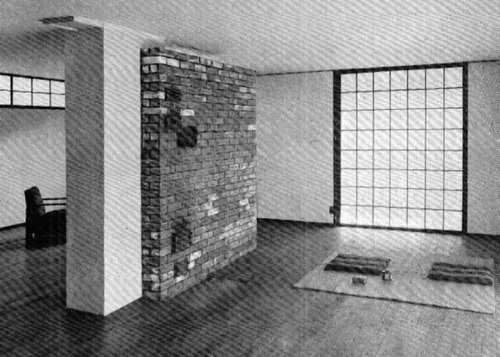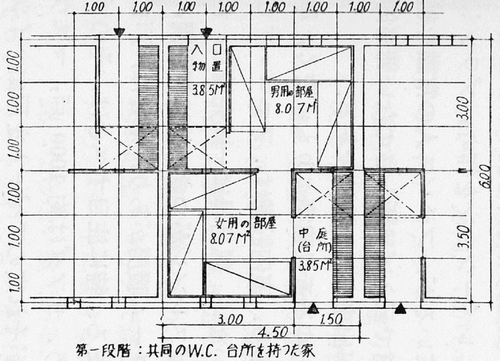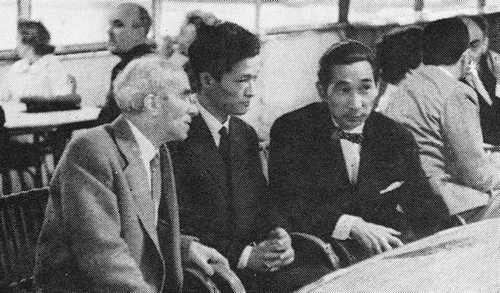Figures & data
Table 1. Summary of the work of Gyoji Banshoya.a
Figure 1. K. Shinohara, M. Yamada, K. Seike, G. Banshoya, and S. Miyasaka.Source: Hayashi, “Seike Kiyoshi to Gendai no Jukyo Design,” 6.
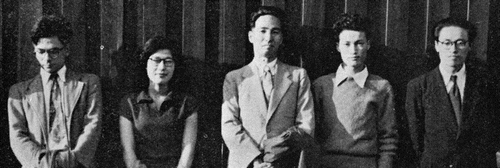
Figure 6. Candillis's dessin of the Square House in l'Architecture d'Aujourd'hui ‘evolving’ from Left to Right. Source: Candilis, “L'habitation Individuelle Minimum,” 1.

Figure 7. G. Banshoya introduced in Alger Revue.Source: Dalloz, “Le bureau du plan de la ville d'Alger,” 1–9.
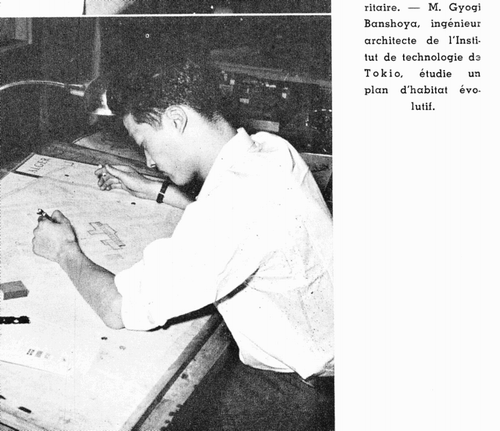
Figure 8. Banshoya working on the maquette for Annassers.Source: Dalloz, “Naissance d'une cité de 100,000 habitants,” 10–17.
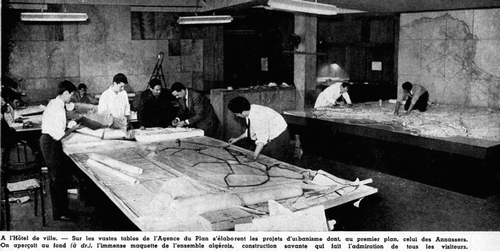
Figure 9. Block plan of ‘Temporary housing replacing tin-roofed shelters’.Source: Banshoya, “Algeria no Apart,” 2–7.
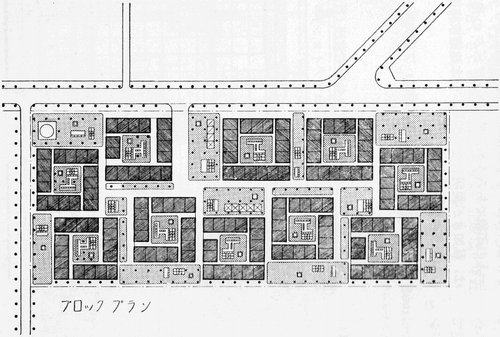
Figure 11. Second step with a patio equipped with a Kitchen and a WC.Source: Banshoya, “Algeria no Apart,” 2–7.
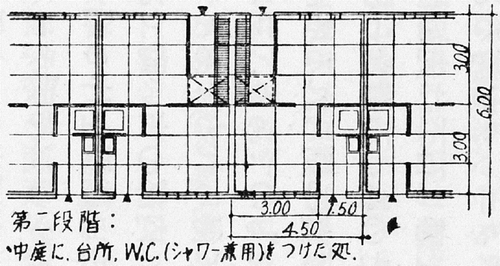
Figure 12. Post office in Berne published in l'Architecture d'Aujourd'hui.Source: Richter and Banshoya, “Direction Cantonale des Postes,” XXXVII.
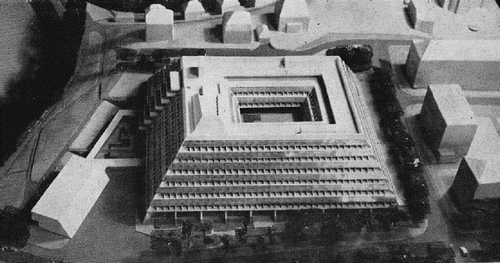
Figure 14. Plan of the prototype. 1. Living Room, 2. Sleeping Room, 3. Kitchen, 4. Storage, 5. Watering PlaceSource: Hanning, Goto, and Okada, “Réadapter l'Autoconstruction Tentative Cambodgienne (1963),” 20–22.
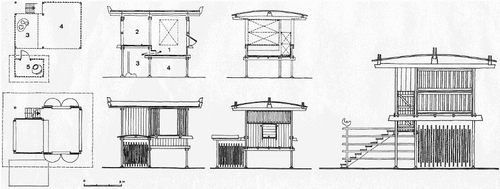
Figure 15. Maquette of the 1964 District Plan showing the redevelopment plan for Ghalghoul and the quartier Est de la Place de Place de Martyrs.Source: Photograph by G. Banshoya.

Figure 16. Study Plan ‘Reconstitution de la Ville Antique’ in the Master Plan of 1968.Source: Ecochard, and Banshoya et al., Plan Directeur pour l'Aménagement de la ville de Damas et sa Région.
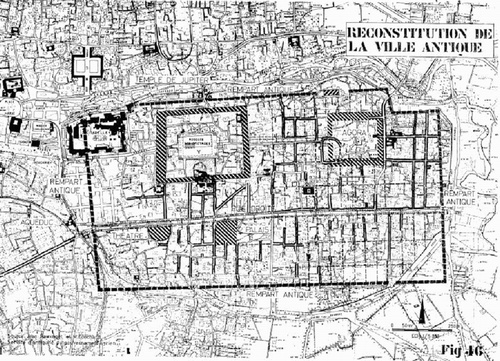
Figure 17. Diagrams of the old city.Source: Banshoya and David, “Projet d'aménagement de la vieille ville d'Alep,” 84–85.
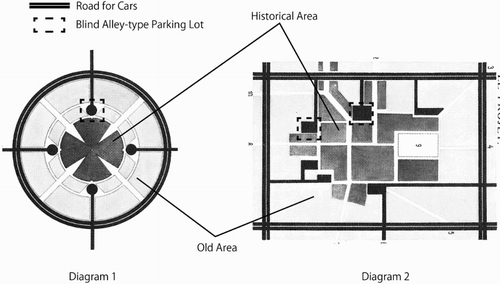
Figure 18. Proposed Detailed Plan for the old city.Source: Banshoya and David, “Projet d'aménagement de la vieille ville d'Alep,” 84–85.
